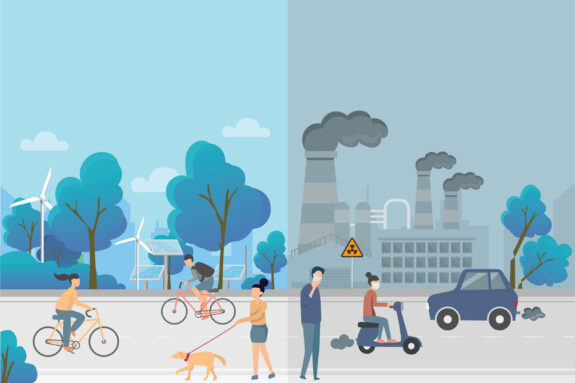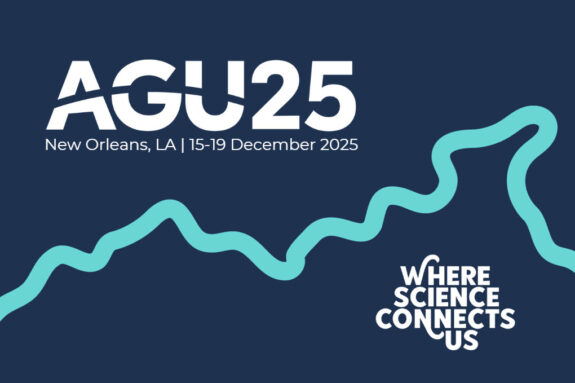Assessing and alleviating climate risk

Joint Program research empowers decision-makers facing critical choices
A strong focus on climate-related financial risk has emerged in the past two years. Investors, particularly large institutional investors, have increasingly sought to understand whether the companies they’re investing in are exposed to climate risk. Central banks, particularly those in Europe, have also been concerned about systemic risks. For good reason: during the financial crisis of 2008, the failure of a few large financial institutions threatened the entire system.
Similar to the financial stress tests developed at that time, the Bank of England is now calling for climate stress tests for banks. We’re also seeing bond rating agencies begin to assess the vulnerability of cities and communities to climate risk as a matter of course. The measures investors and the broader financial community are taking are prudent, given the developing climate risk across the globe. In general, the community has identified two types of risk: transition risk—the potential for fossil fuel assets to lose value in a rapid transition to a low-carbon economy—and physical risk—exposure to climate change and/or weather extremes.
Assessing climate risk
The challenges in assessing these risks are formidable, but ultimately such assessment may prove to be one of the most promising ways to change the direction of the global economy. As banks, regulators and investors increasingly demand transparent disclosure of risks, industries will themselves be forced to assess the risks they face. And that assessment will lead to highly consequential decisions.
Concerns about transition risk have already impelled some major financial institutions to announce that they will not be involved with the coal industry or with carbon dioxide-intensive industries such as oil sands. On the physical risk side, several measures, from flexible water infrastructure design to proactive power grid management, can be taken to reduce potential damage in the face of weather extremes.
Possibly the biggest challenge in addressing transition and physical risks is to create a set of best practices for assessing them. There is a principal-agent problem, as we saw in the financial crisis. Rating agencies responsible for assessing risks but also eager to please clients failed to do an adequate job of assessing risks, and so they were not transparent to the investment community. That same problem may emerge in climate risk assessment, where an emerging industry of climate risk assessment consultants, bidding for business, may underprice the cost of doing a thorough risk assessment, and thus fail to reveal the real risk a company faces.
For that reason, we think there is an important role for strong, independent assessment, or at least the development of best practices for climate risk assessment. We’re working at MIT to see if that is a role we can play.
The modeling system that we’ve developed over the past three decades has a lot of capabilities that can be applied to this problem on both the transition and physical risk sides. Some preliminary analysis appeared in our recent Joint Program Report 339, “MIT Scenarios for Assessing Climate-Related Financial Risk.” In this report we investigated a range of climate policy scenarios to develop various metrics (e.g. carbon and fossil fuel prices, levels of sectoral production, and estimates of the value of stranded assets associated with a range of energy transitions) that can then be used in further analysis to help identify climate-related financial risk in the specific investment portfolios of individual financial institutions. We also presented a set of methods appropriate for evaluating the physical risk of climate change.
Alleviating climate risk in vulnerable nations
The Joint Program’s modeling framework is also a valuable tool for identifying ways to help alleviate the risks of climate change through adaptations that increase the resilience of nations to climate extremes. Challenges that arise include forecasting and communicating these extremes, and designing and building affordable transportation, urban infrastructure, relocation, water management, and agricultural systems that make countries more resilient to them. There is now widespread concern that the world’s poorest nations are also the most vulnerable to climate risks, with urgent needs for the assistance from the developed world.
To that end, our framework is a core component of a proactive climate risk assessment system that was just selected as one of the Top 100 proposals in the John D. and Catherine T. MacArthur Foundation’s 100&Change competition for a single $100 million grant to help solve one of the world’s most critical social challenges. This system, known as the Climate Resilience Early Warning System Network (CREWSNET), aims to empower climate-threatened populations to make timely, science-driven decisions about their future. Starting with western Bangladesh but scalable to other vulnerable nations across the globe, CREWSNET will combine the Joint Program’s leading-edge climate forecasting and socioeconomic analysis with innovative resilience services to enable people to make and implement informed decisions about adaptation and relocation—and thereby minimize loss of life, livelihoods and property.
We now welcome your thoughts on best practices for assessing physical and transition risks, how to alleviate these risks worldwide, and how the Joint Program can help support your decision-making in this space.
—John Reilly and Ronald Prinn
Co-Directors, MIT Joint Program on the Science and Policy of Global Change
REFERENCES
Landry, E., C.A. Schlosser, Y.H.H. Chen, J. Reilly and A. Sokolov (2019). MIT Scenarios for Assessing Climate-Related Financial Risk. Joint Program Report Series Report 339, 72 p., December. https://globalchange.mit.edu/publication/17392
Landry, E., H. Jacoby, S. Paltsev et al. (2019). Climate-related Financial Disclosures: The Use of Scenarios, an MIT Office of the Vice President for Research report. https://climate.mit.edu/ClimateFinanceDisclosuresScenarios
Story Image: John Reilly and Ronald Prinn, MIT Joint Program Co-Directors (Credit: Sarah Bastille)


